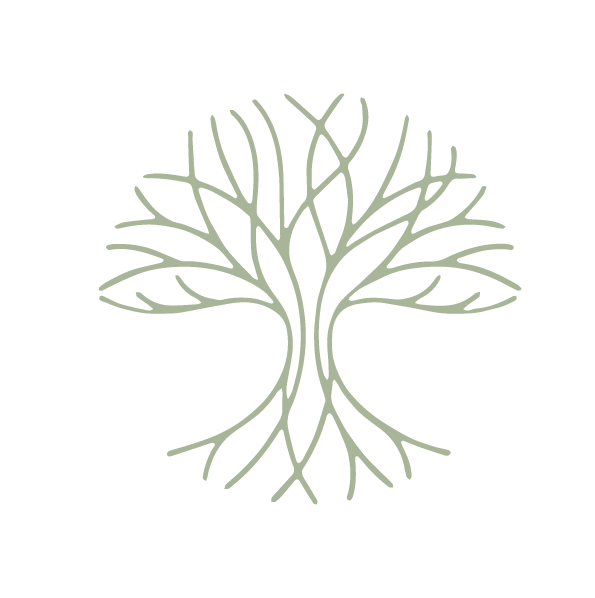
Seed cycling is a method of using seeds to balance hormone levels.During different phases of the menstrual cycle various seeds are eaten.
Hormone Cycles
It is helpful to understand what happens to hormone levels during a menstrual cycle and the symptoms we may experience when they become out of balance before looking at seed cycling.
A typical menstrual cycle is 28 days in length. However, cycle length varies significantly between women.
The follicular phase refers to the first 14 days of your cycle and begins on day 1 of your period. Oestrogen levels begin low and steadily increase during this phase. Oestrogen is produced as eggs in your ovaries ripen in preparation for ovulation.
Immediately after ovulation, which typically occurs on day 14 of the cycle, the luteal phase begins. During this phase, the empty egg follicle turns into the corpus luteum. This produces progesterone to build up your womb lining in preparation for pregnancy.
Oestrogen drops immediately after ovulation, then increases again, while progesterone should increase steadily. The levels of both hormones drop if an egg is not fertilised, the womb lining will shed and your period will begin.
Often, oestrogen levels climb too high during this phase, and PMS and painful periods can be the result. This is known as oestrogen dominance. A healthy level of progesterone can balance oestrogen and prevent it from becoming too high.
How to Cycle your Seeds

During days 1 – 14 of your cycle called the Follicular Phase, consume each day one tablespoon each of freshly ground flax and
pumpkin seeds.
During days 15-28 called the Luteal Phase following ovulation during the second half of your cycle, eat one tablespoon each of ground sunflower and sesame seeds per day until the first day of your next period.
Then the cycle starts from the beginning again.
If you’re not sure when you have ovulated, calculate the luteal phase as starting on day 15. If you’re one of the many women who have a shorter or longer cycle than 28 days, simply adapt the seed cycle to fit your own.
New mothers, women without a regular menstrual cycle or postmenopausal women can use the phases of the moon as a guide. Use the new moon as day one of the seed cycle then switch to sunflower and sesame seeds when the full moon arrives.
Seed Cycling and Your Hormones
Seed cycling aims to regulate oestrogen in the first half of the cycle and progesterone in the second half, with the aim of preventing oestrogen dominance.
Weak plant oestrogens called phytoestrogens contained in flax seeds can help increase oestrogen levels if they’re too low during the follicular phase or decrease them if they climb too high. We need a healthy population of gut bacteria to efficiently utilise phytoestrogens.
Pumpkin seeds are a rich source of zinc which is needed for the body to produce and regulate progesterone in the next stage of the cycle. Omega 3 fatty acids in the pumpkin seeds can also be useful during this phase to regulate inflammation.
During the luteal phase, phytoestrogens known as lignans found in sesame seeds can prevent oestrogen levels rising too high. Sesame seeds are also high in zinc and selenium, which has been shown in studies to increase progesterone. Sunflower seeds contain vitamin E which is thought to help increase progesterone levels.
Beneficial Effects of Seed Cycling
The principals behind seed cycling have been supported by research and positive hormonal changes have been noted after just a few months of seed cycling. Those who have carried out seed cycling suggest it can reduce PMS, manage endometriosis, PCOS and infertility, which all have their basis in unbalanced sex hormone levels. Women with irregular cycles may find it useful to regulate their cycle. It can also be of benefit after the menopause for relieving hot flushes, mood swings and night sweats.
Eating flax seeds has been linked with more regular cycles, fewer cycles without ovulation and reduced breast pain as well as less hot flushes in menopausal women.
Consuming sesame on the other hand has been seen to positively affect hormone levels in postmenopausal women.
How to Eat Seeds
It’s best to consume seeds raw and whole rather than roasted or seasoned. Keep them in the fridge or freezer to preserve their delicate fats and ideally grind your seeds immediately before consuming them.
Sprinkle them on salads, porridge, overnight oats, muesli, soup, lentils or add them into smoothies as well as making them into raw seed butters or tahini.
Nutrition, Functional Medicine and Hormone balance
If you are having hormonal imbalances and would like to explore how to naturally support your hormones a consultation with me can help you reach your health goals. Contact me to find out more.
Neha Deol
Email: neha@iamhealth.co.uk
If you know someone that will benefit from reading this blog please do share it on.


Opmerkingen